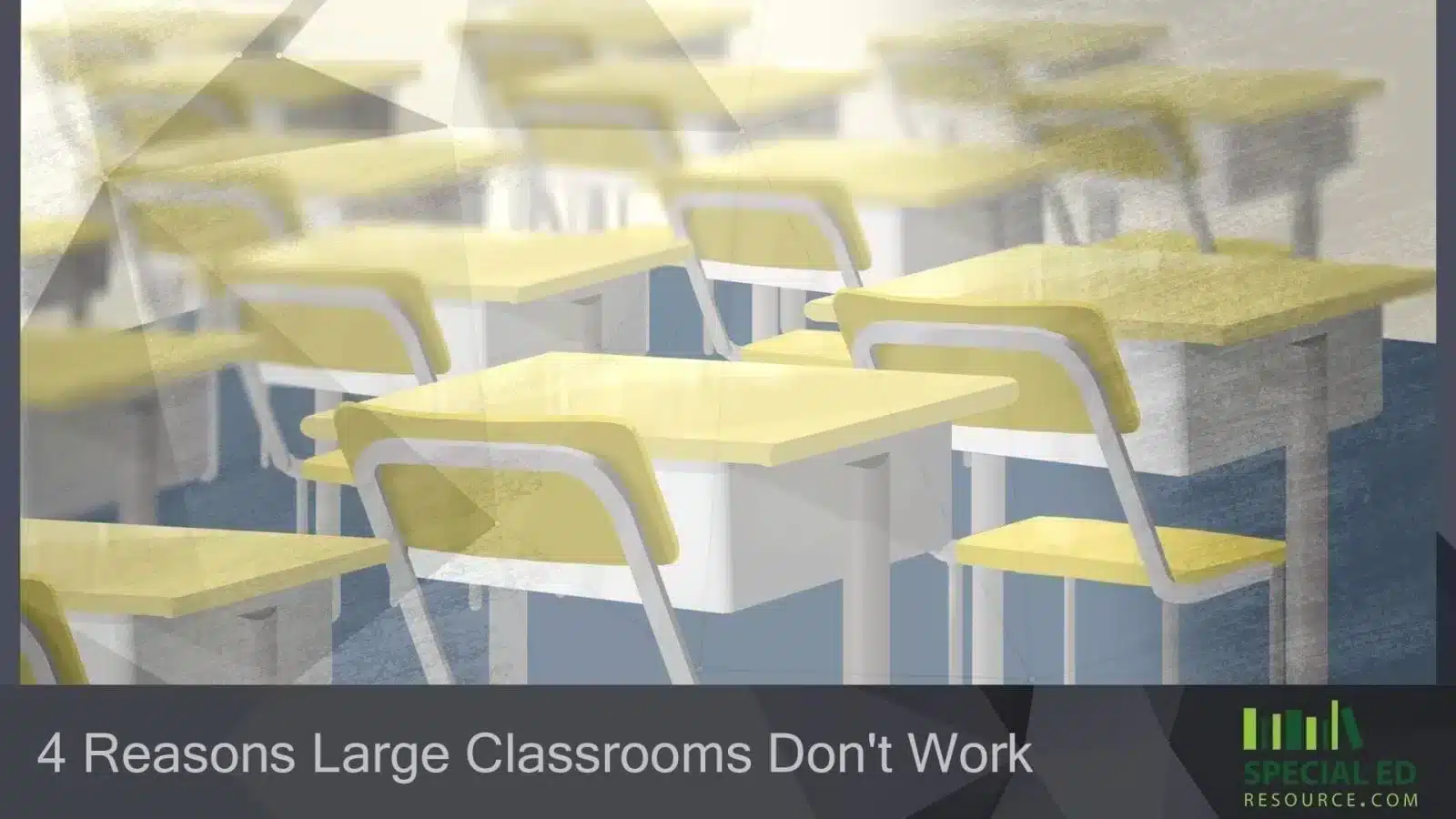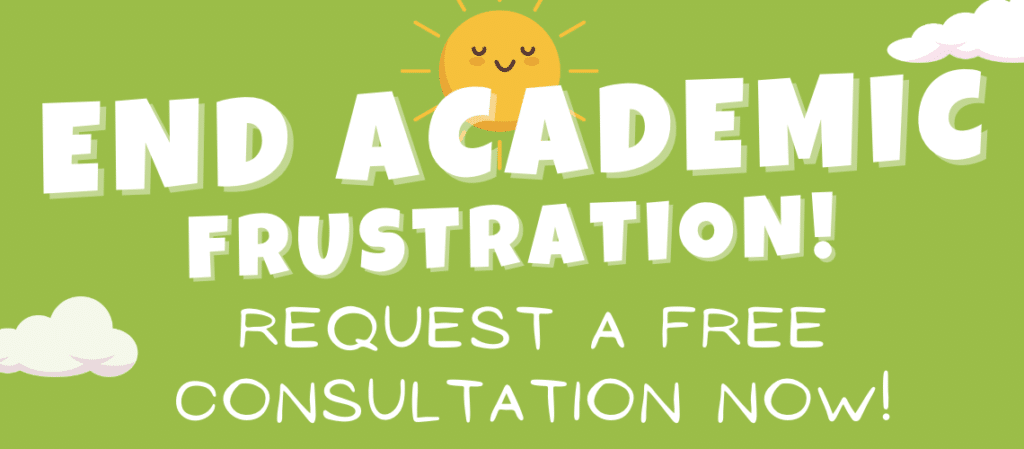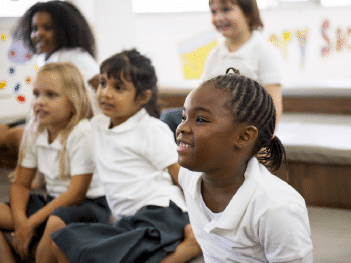The sign was gorgeous!
It was so easy to read upcoming school events that were being flashed on the brand new 25-foot tall beacon of our community
Neatly placed in front of our neighborhood elementary school…
At night, this new five-figure monument lit up like the signs you would find on the Las Vegas strip and attracted quite a few googley eyed insects…
One evening, as I was driving home, I passed this new, technology-rich school sign…
The message being displayed that night let me know that the school was currently on break…
While it was really awesome to learn this piece of information,
I thought to myself… “what was wrong with the old sign?”
Sure, the previous sign was ancient as it had been there at least ten years…
Also, the “light up letters” had to be manually updated by someone on a tall ladder, instead of the comfort found within the school…
“But, seriously… was it worth the money?” I thought…
In a state where teachers are leaving in droves and spending weeks outside the school striking for better pay… a sign was really that important?
I think too often everyone says the school system is severely underfunded and that’s the reason it’s failing…
But is it?
If the budget increased by 50%… would that money go toward our children, or would every school in America get a brand new 5-figure LED sign?
I’ll let you be the judge of that question…
Let’s cover some facts, first.
While the research is limited, it seems that smaller class sizes generally lead to more significant student achievement gains than larger classes.
Children SHOULD be at the heart of any classroom, and if overpopulated class sizes don’t benefit students, they should be avoided.
Here are four reasons why an overpopulated classroom doesn’t work:
1. Overpopulated Classrooms Are Often Chaotic;
Children need order, and too much noise and visual stimulation can cause some of them discomfort or anxiety. Teachers have their hands full managing a classroom of 30 or more children.
It is difficult for students to focus on productively collaborating when there are excess environmental noise and material chaos.
For children with special needs, the problems caused by classroom overpopulation is drastically magnified.
Most often, children with special needs struggle to learn in group settings anyhow, when you add an additional 10+ students without adding additional resources, frustration is frequently the result.
2. Overpopulated Classrooms Make Individualizing Classroom Instruction Difficult;
Even in a perfectly-sized class, a teacher may have a hard time providing enough attention to each student. Some need more because they are behind; others need more because they are ahead.
Some fall through the cracks because the former two require more teacher time. Managing a large classroom is nearly impossible to do as well as the teacher would like.
There simply isn’t enough time in the day to do the job.
In overpopulated special education classrooms, behaviors often become commonplace.
Children with special needs become overwhelmed and act out as a result. Children enrolled in special education services most often require additional support, not less.
3. Overpopulated Classrooms Cause Teaching Styles To Suffer;
Students in smaller classes have more opportunities to engage with their classmates in meaningful group work during which the teacher can serve as a guide and facilitator than students in larger classes.
A teacher in a larger class may resort to teaching lecture-style every day just to be sure that students are all sitting still and getting the information they need.
As the population in a classroom continues to climb, it becomes next to near impossible for teachers to pay attention to subtle changes often displayed by children with special needs.
Prevalent in inclusion classrooms, if not reversed this problem can spiral out of control hindering the future success of children enrolled in special education services.
4. Overpopulation Causes The Management Of The Classroom To Suffer;
Many teachers find it challenging to develop processes and procedures to manage overpopulated classes. Things just take more time with a larger classroom! Such as;
- Interruptions
- Delays
- Time To Pass Out And Hand In Papers
- Clean Up
- Line Up
- Move From Place To Place
- Etc
Maximizing learning time can be very difficult without sufficient management knowledge and tools.
Take into consideration that a majority of children with special needs require structure, additional assistance, and resources specific to their individual needs, overpopulated classes typically mean NONE of those items are fulfilled.
Special education teachers already face an uphill battle with a massive increase in children who require special education services.
Coupled with decreasing budgets, resources, and even teachers, this situation is destined to reach pandemic levels.
While many states have set limits on the number of students that can be in a room, others have not.
Some have had to change those limits due to budget constraints.
Large classrooms are not always inherently bad for students, but without the right knowledge of how to run a large classroom and extra resources like paraprofessionals or volunteers, teachers struggle to meet the needs of each student.
Additional Special Education Resources That Can Help;
Luckily, the options available to assist children with special needs outside of the classroom have also increased drastically over the past 15 years. With the increase in available resources and technology, many parents are taking their child’s education into their own hands.
Special education tutoring has exploded in popularity in recent years. Special education tutoring is designed to take the curriculum your child is currently being taught in their traditional classroom and mold it to fit their specific learning needs.
Additional special education resources are also available at a rate never before witnessed. The age of the internet has indeed opened the door wide open to tools, resources, opportunities, and ultimate success for all children.
Homeschooling has EXPLODED in popularity over the past decade or so primarily fueled by the overpopulation of today’s classrooms. If interested in exploring this option, several Special Education Homeschool Resources exist to aid in making the transition. There are Pros and Cons to both traditional school and homeschool, however, do your research to ensure you choose the option that works best for your child and your family!
Whatever path you choose, ensure to monitor your child’s progress, communicate regularly, and most importantly, TAKE ACTION. Unfortunately, there aren’t any signs pointing to the problem of overpopulated schools being solved soon. The more information you have, the better equipped you will be to ensure your child reaches their academic excellence!












